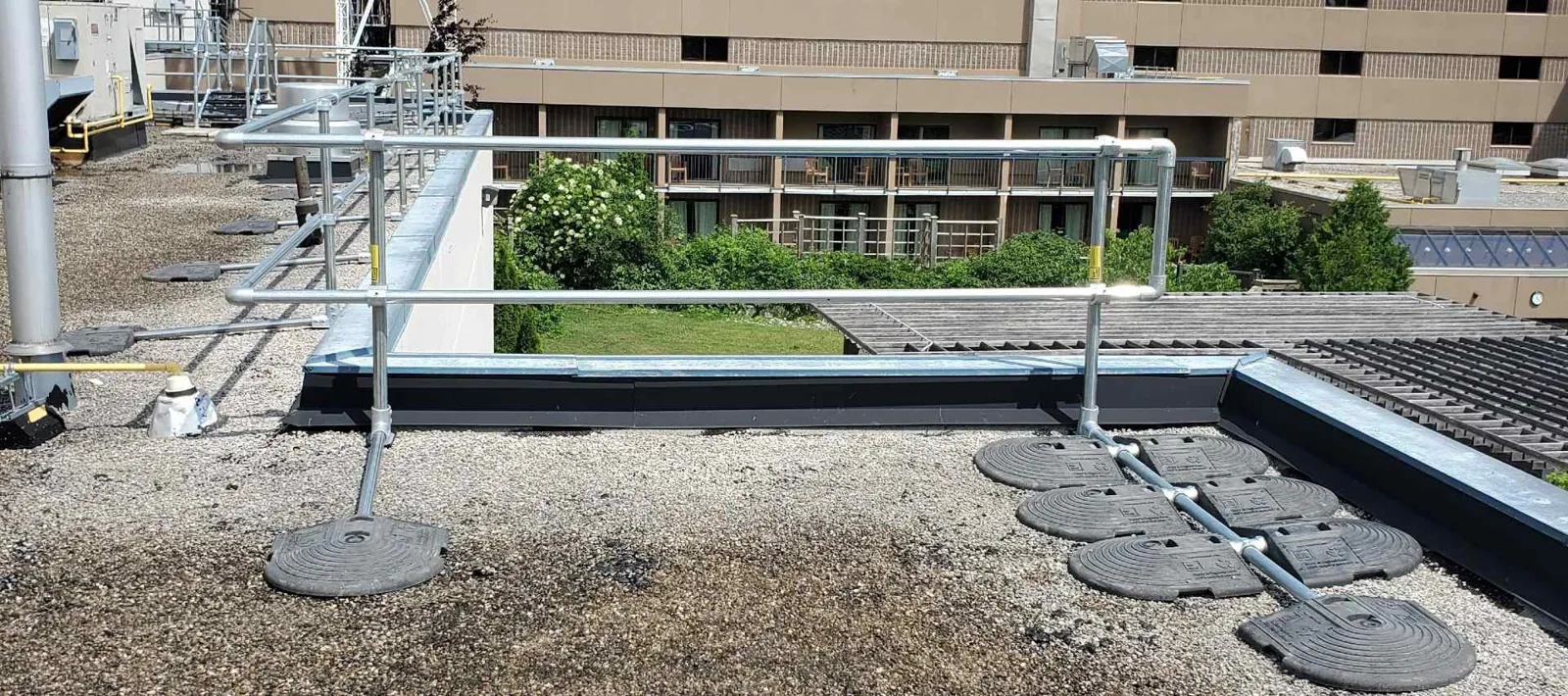
You are visiting the Canada Kee Safety website from United States. Would you like to go to the United States site?

From towering construction cranes in Vancouver to complex oil and gas facilities in Alberta, the diverse economic landscape of Western Canada presents an array of workplace safety issues. Among these hazards, falls from height are one of the most persistent and devastating causes of acute injury and fatality. Understanding the scope of this issue through credible workplace safety statistics in Canada is the first critical step towards creating safer work environments across British Columbia, Alberta, Saskatchewan, and Manitoba.
The human and financial costs of workplace falls are staggering. According to the latest data from the Association of Workers’ Compensation Boards of Canada (AWCBC), there were 7 fatalities in Alberta and 22 in British Columbia due to falls to a lower level in 2023. Lost time claims due to falls during the year added up daily:
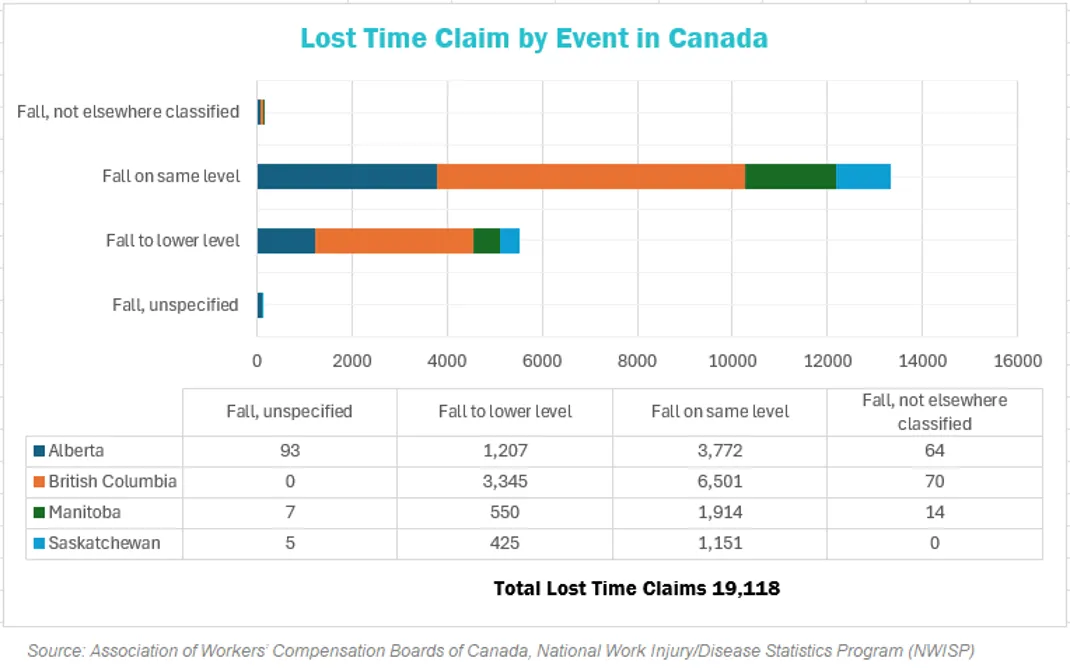
Alberta
British Columbia
Manitoba
Saskatchewan
These numbers are not abstractions for safety compliance in Alberta, British Columbia, Manitoba, and Saskatchewan. Workplace falls have severe and consistent consequences in several industries, notably construction, mining, utilities, oil and gas, warehousing, and industrial maintenance, where work at height is common.
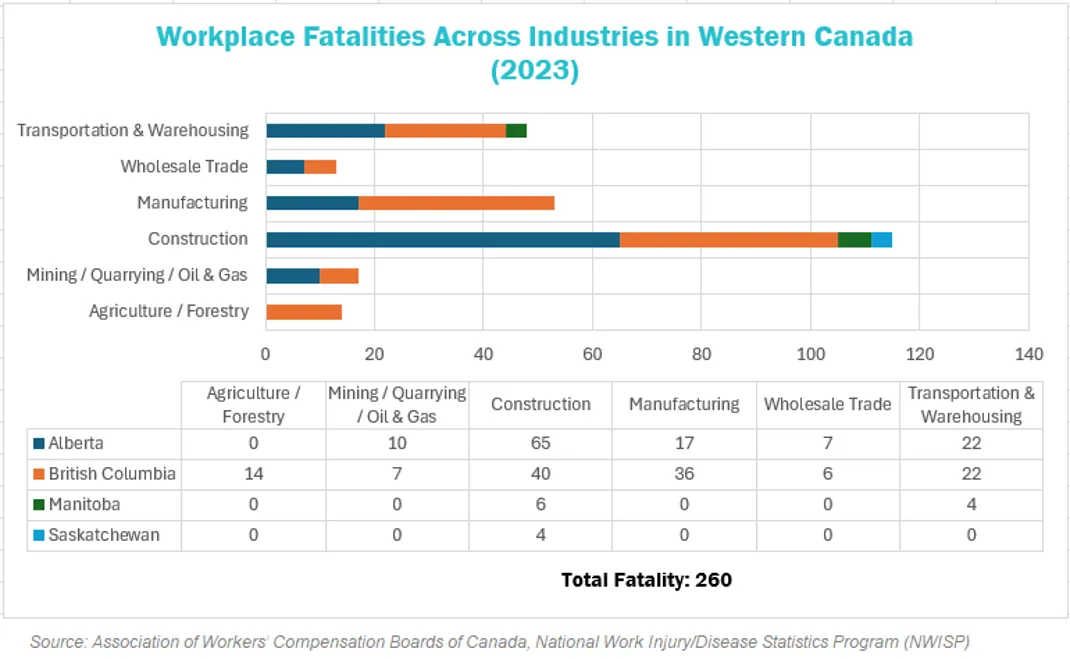
Statistics help us understand the problems and the need for compliance. Engineered fall protection solutions for Western Canada enable organizations to move beyond just compliance to bring safety into the physical infrastructure and culture of a workplace.
Western Canada fall prevention efforts should include:
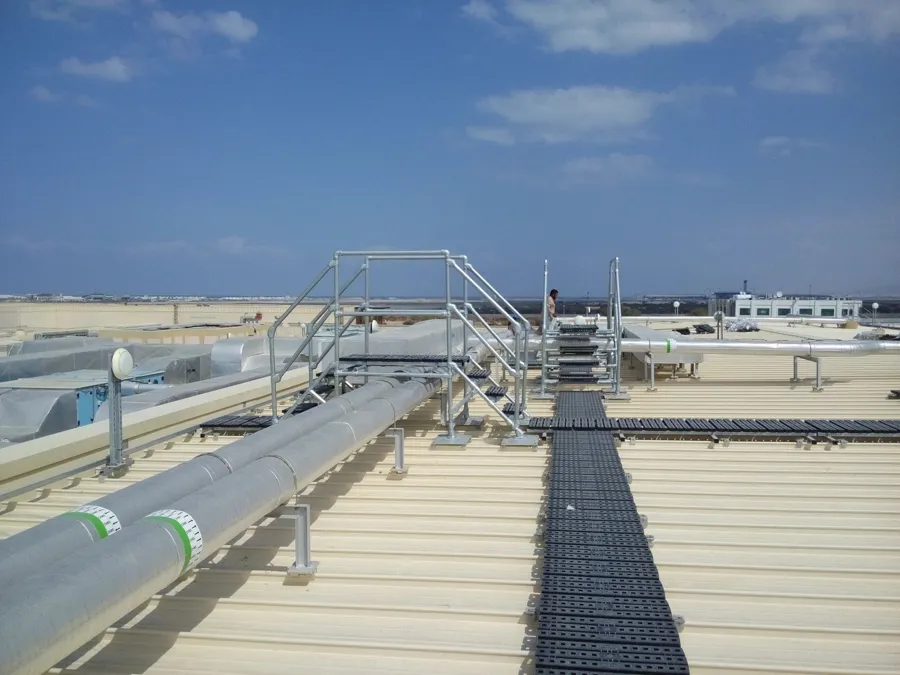
Navigating a rooftop can be tricky and dangerous due to slippery surfaces caused by rain, snow, and ice. Debris and obstructions (e.g., ducts, cables, piping, conduits) also present slip, trip, and fall hazards.
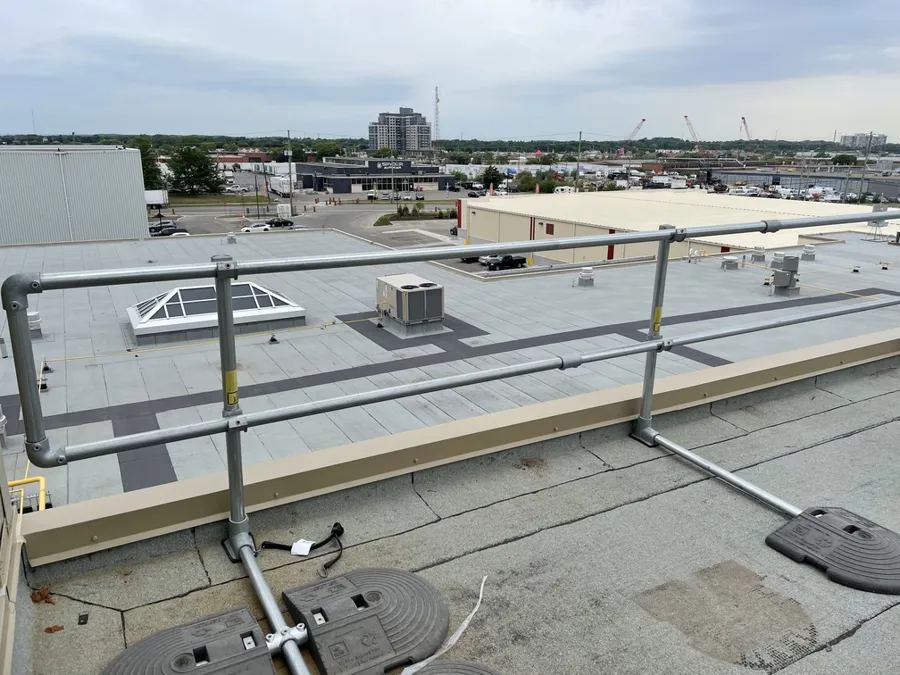
Collective or “passive” systems are preferred for fall protection in Alberta, BC, Manitoba, and Saskatchewan because these are barriers that safeguard multiple workers without the need for personal fall arrest systems (PFAS) or special training.
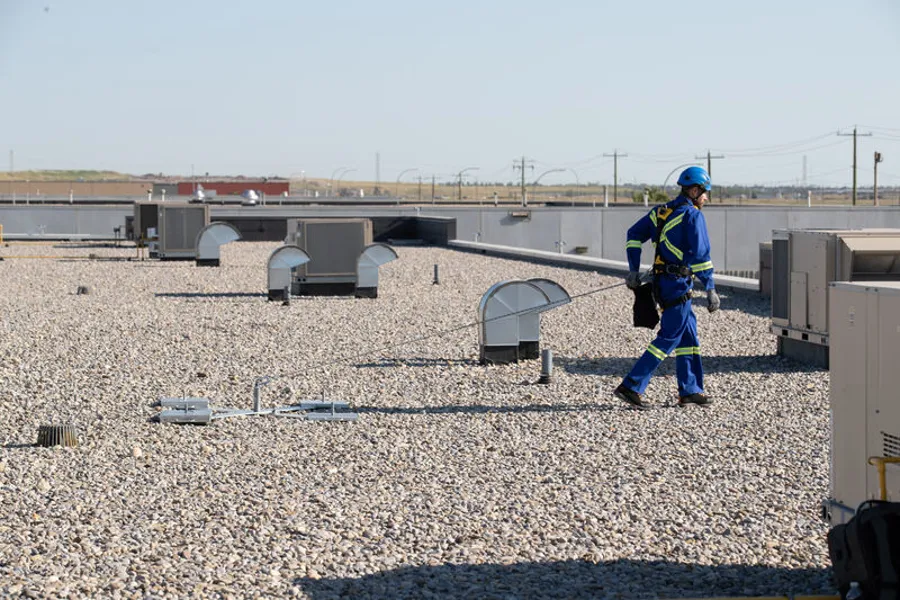
For situations where guardrails are not feasible, reliable anchorage points provide safe, compliant tie-off foundations for fall protection lifelines. They should be constructed of strong, durable, corrosion-resistant galvanized steel.
Beyond the immediate human tragedy, workplace falls cost Canada a significant amount in direct compensation, medical expenses, lost productivity, and administrative overhead. For individual businesses, a single fall incident can lead to skyrocketing insurance premiums, regulatory fines, project delays, and reputational damage.
Published data shows the depth of risk. By integrating engineered safe access, collective fall protection, and anchorage systems with expert risk assessment, regular inspections, worker training, and a safety-first culture, employers in Western Canada and throughout the country can reduce the incidence of fall events — and their costly consequences.
Learn key safety requirements across rooftops, roof perimeter plans, defining fall restraint as opposed to fall arrest, and training for working at a height.